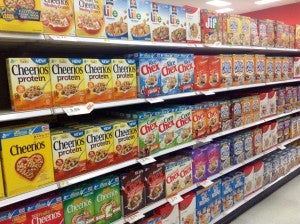
Credit: Flickr user Mike Mozart
Corn affects every person in the United States.
It is grown on about 90 million acres, an area roughly the size of Montana. Corn is ubiquitous in the products we buy, from shampoo and sodas to ethanol and animal feed.
The crop also uses the majority of nitrogen fertilizer in agriculture, requiring more nitrogen than soybeans, cotton and wheat combined. Nitrogen is necessary to produce corn. But when nitrogen is over-applied, crops cannot absorb it all – and this can lead to air and water pollution.
Fortunately, figuring out ways to use nutrients more efficiently to reduce loss improves a farmer’s bottom line. It also gives them a competitive advantage, as more and more food companies are embracing sustainability and fertilizer efficiency as a way to reduce risk in their supply chains. Read More









